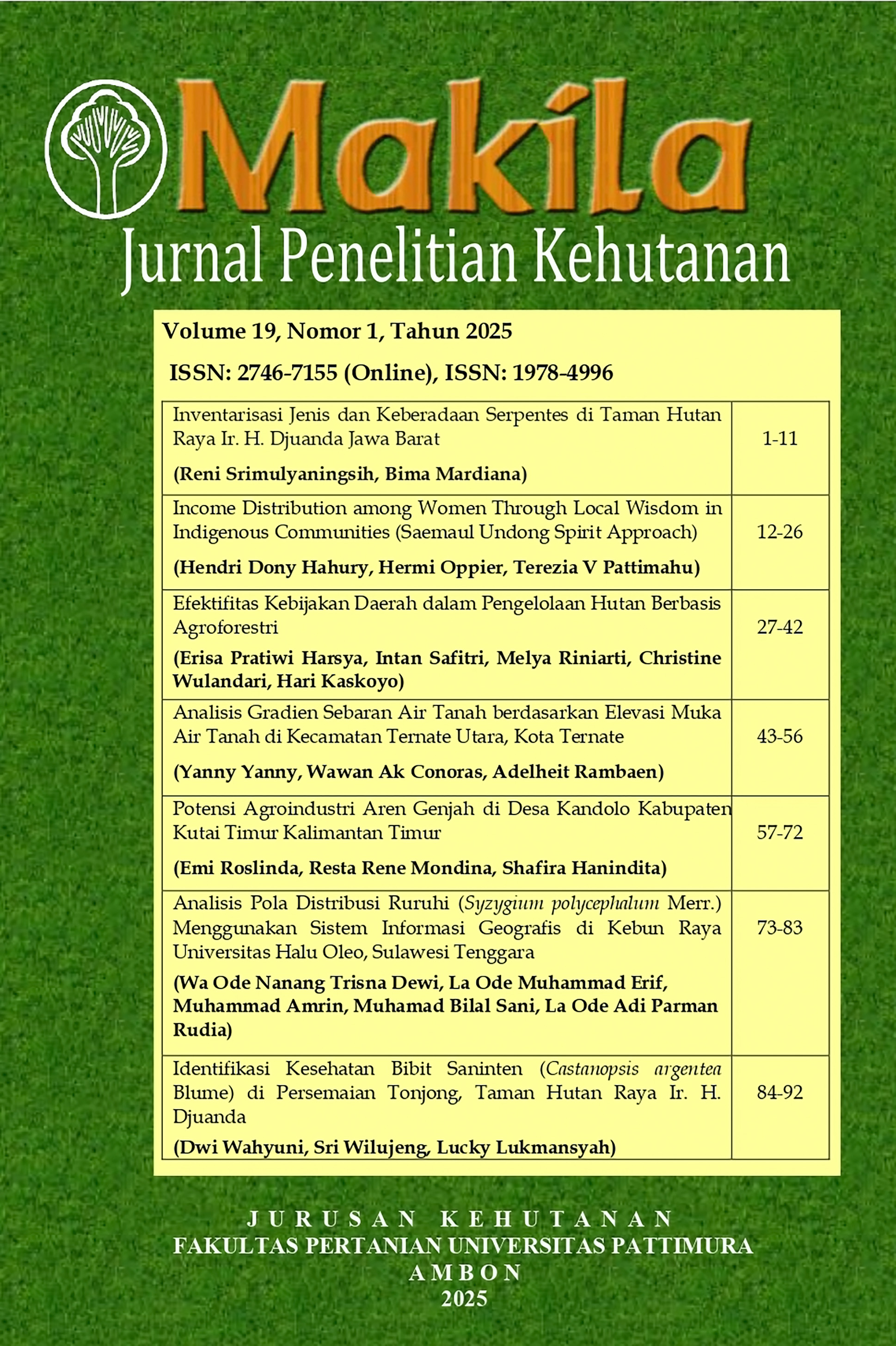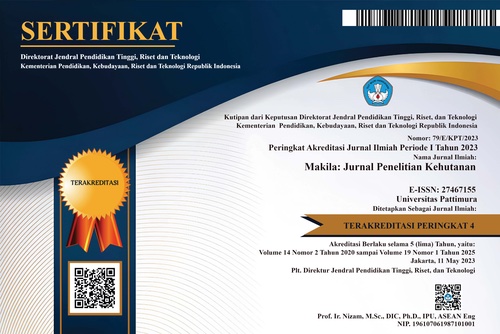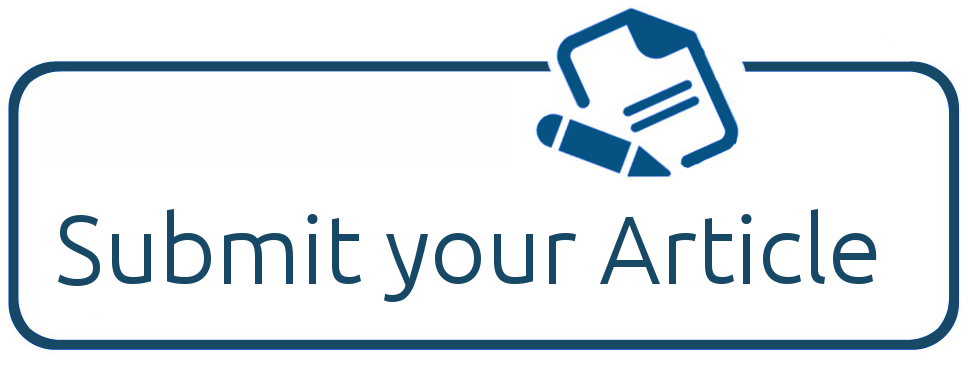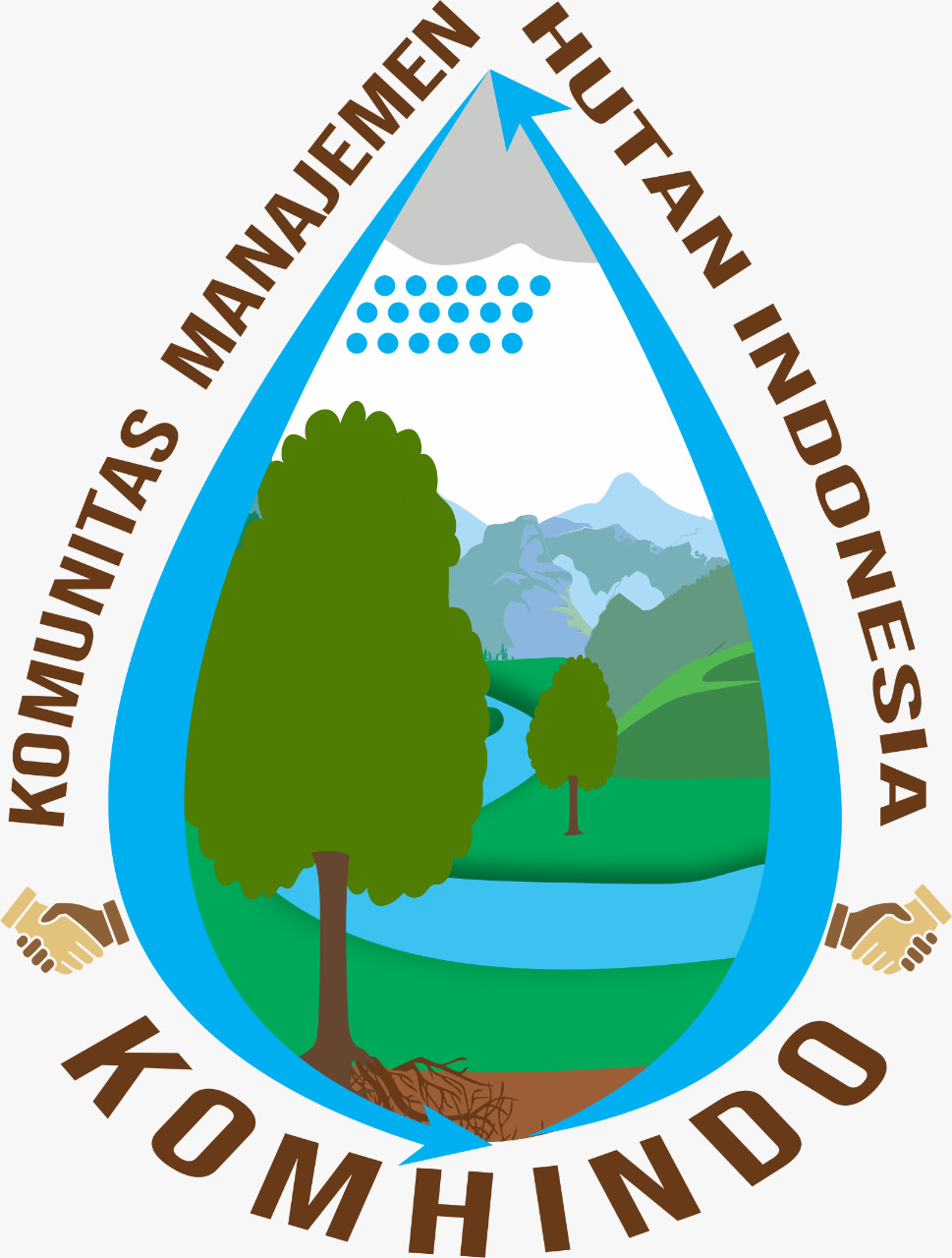Keragaman dan Komposisi Jenis Bibit Tanaman untuk Rehabilitasi Lahan oleh BPDAS Mahakam Berau (2013-2017)
Abstract
Indonesia faces a significant challenge in land rehabilitation, with approximately 8.7 million hectares of degraded land and 4.5 million hectares of severely degraded land, according to data from the Ministry of Environment and Forestry (KLHK) in 2022. Large-scale rehabilitation efforts are urgently required, one of which is undertaken by the Mahakam Berau Watershed and Protected Forest Management Agency (BPDASHL Mahakam Berau). The success of land rehabilitation is strongly influenced by the composition of species and the diversity of seedlings used in the process. This study aims to examine the diversity and composition of seedling species provided by BPDASHL Mahakam Berau from 2013 to 2017 and explore the rationale behind species selection. Data were collected through questionnaires and analyzed using both quantitative and qualitative approaches. The findings reveal that 33 seedling species were utilized, comprising 24 native and nine introduced species. The Shannon diversity index (H') ranged from 1.23 to 2.19, indicating a low to moderate level of species diversity. The most dominant species was Rhizophora sp. (45.14%) from the Rhizophoraceae family, followed by Shorea sp. (24.17%) from the Dipterocarpaceae family. Seedling availability emerged as the primary criterion for species selection, reflecting logistical practicality and cost-effectiveness in seedling procurement for rehabilitation programs.
Downloads
Copyright (c) 2025 Maria Paulina, Wiryono Wiryono, Steffanie Steffanie

This work is licensed under a Creative Commons Attribution 4.0 International License.











